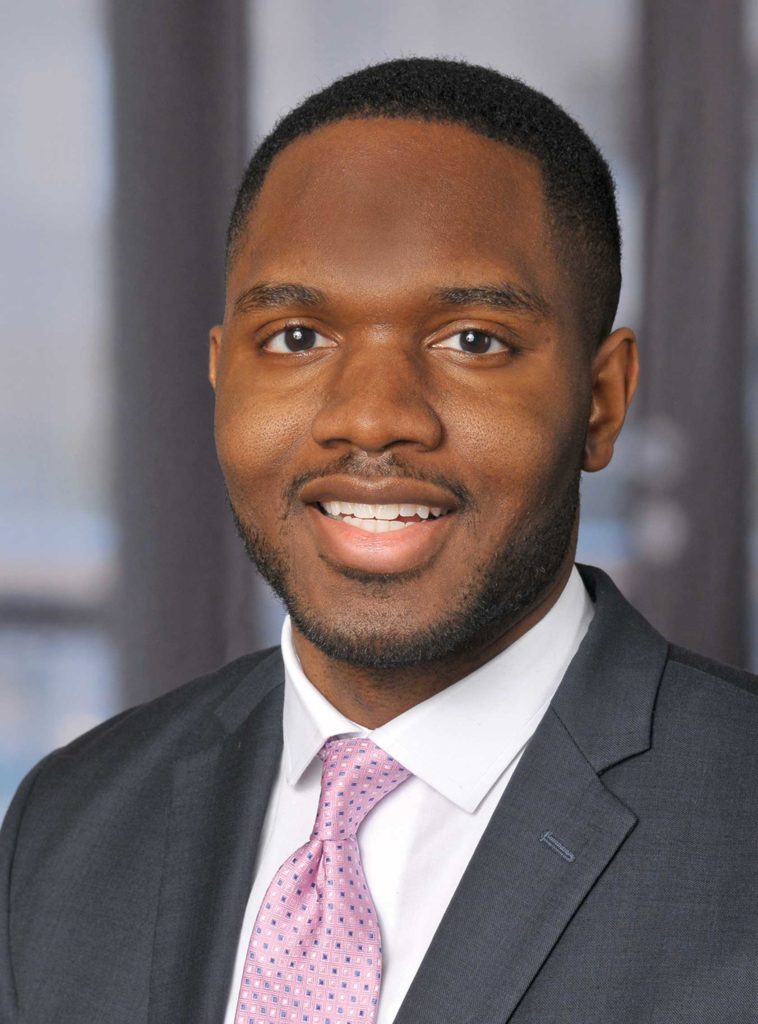Posted by The Bay State Banner - Karen Miller August 11, 2021 on Aug 13th 2021
A cardiac arrest survivor Paying it forward
A cardiac arrest survivor
Paying it forward
Karen Miller
Anezi Uzendu doesn’t remember much of what happened that day in 2016. Perhaps that’s a good thing
According to an article published in UAB (University of Alabama at Birmingham) Medicine Magazine, Uzendu, a third-year medical resident at the university at the time, suffered a cardiac arrest while playing basketball in a local gym. Fortunately, cardiopulmonary resuscitation, or CPR, was initiated immediately. When hospitalized, he was placed in a medically-induced coma, and had little chance of survival, according to his attending physician.
But he did survive.
CPR in its current form was developed in 1960 by the American Heart Association and is used for cardiac arrest. The purpose is to provide oxygen and blood to vital organs in an unresponsive individual. As commonly thought, cardiac arrest is not the same as a heart attack. An arrest is caused by an electrical malfunction. The heart stops beating. A heart attack, on the other hand, is attributed to a blockage in an artery. The person is still breathing; the heart continues to pump. However, the two are linked. A heart attack can sometimes trigger an electrical disturbance that leads to sudden cardiac arrest.
 nezi Uzendu, M.D., cardiologist PHOTO: Courtesy Anezi Uzendu
nezi Uzendu, M.D., cardiologist PHOTO: Courtesy Anezi Uzendu
Anezi Uzendu doesn’t remember much of what happened that day in 2016. Perhaps that’s a good thing
According to an article published in UAB (University of Alabama at Birmingham) Medicine Magazine, Uzendu, a third-year medical resident at the university at the time, suffered a cardiac arrest while playing basketball in a local gym. Fortunately, cardiopulmonary resuscitation, or CPR, was initiated immediately. When hospitalized, he was placed in a medically-induced coma, and had little chance of survival, according to his attending physician.
But he did survive.
CPR in its current form was developed in 1960 by the American Heart Association and is used for cardiac arrest. The purpose is to provide oxygen and blood to vital organs in an unresponsive individual. As commonly thought, cardiac arrest is not the same as a heart attack. An arrest is caused by an electrical malfunction. The heart stops beating. A heart attack, on the other hand, is attributed to a blockage in an artery. The person is still breathing; the heart continues to pump. However, the two are linked. A heart attack can sometimes trigger an electrical disturbance that leads to sudden cardiac arrest.
Click to read full issue of Be Healthy
Uzendu said he knew in high school that he wanted to be a doctor. A rotation in the cardiac care unit sealed his interest in cardiology. He is completing a fellowship in interventional cardiology at Massachusetts General Hospital.
An idea began to brew following his episode. Uzendu said he recognizes that he survived only because a person nearby was skilled in cpr. “That should be the case for everyone,” he said. “Everyone should have a fighting chance.” Furthermore, he added that everyone should feel comfortable in performing CPR.
Unfortunately, that generally is not the situation in minority communities, according to several studies published in the Journal of the American Heart Association. In one study, Black kids were 41% less likely to receive bystander CPR compared to white kids. Researchers concluded that targeted CPR training for non-whites of low education or income may increase participation by bystanders and improve survival rates.
Uzendu decided to pay it forward and train young people and adults in the proper technique of hands-only CPR and the use of an automated external defibrillator (AED), which delivers an electric shock to help restart the heart. He developed a program called “Make BLS (Basic Life Support) Basic,” and enlisted the help of the Boston American Heart Association and cardiologists from MGH for training sessions.
To date he has scheduled eight training sessions largely in community health centers. Even without training, however, a person may be able to perform CPR, he explained. There are basically four steps. To identify a cardiac arrest:
 Saving American Hearts, Inc Education
events in Colorado
official Colorado vacation information
Saving American Hearts, Inc Education
events in Colorado
official Colorado vacation information